Improving Posture: Exercises to Correct Excessive Low Back Curve

Improve Your Posture: How to Correct an Excessive Lower Back Curve
Are you aiming to improve your posture? Correcting an exaggerated curve in your lower back is achievable with targeted exercises.
Experiencing lower back pain? This discomfort often stems from an abnormal arch in your spine, known as a larger-than-normal lordotic curve.
This guide unveils essential exercises designed to rectify an increased curve in your lower back posture. After mastering the foundational routines, you’ll find advanced exercises to further enhance your posture.
See Also: Advanced Posture Exercises For Your Rounde Upper Back
Understanding Posture: Addressing Hyperlordosis
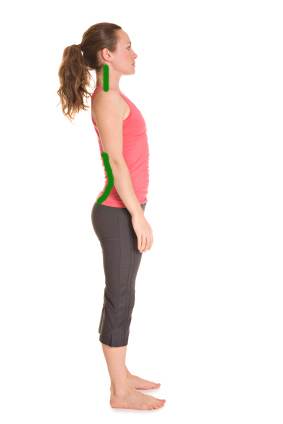
The natural curves in your lower back and neck, known as lordosis, play a crucial role in your overall posture. Normal lordosis is common and healthy.
However, the internet is rife with misinformation regarding posture correction. As a practising chiropractor, my goal is to provide you with accurate and reliable information to navigate posture improvements effectively.
Excessive curvature, or hyperlordosis, refers to an overpronounced curve in the lower back. “Hyper” indicates an excess, much like the term “hyperactive.” Conversely, “hypo” denotes a deficiency, indicating less curvature than normal.
It’s possible to exhibit hyperlordotic posture without experiencing pain. Nevertheless, addressing this condition early is vital to reduce the risk of developing osteoarthritis in the joints and discs of your lower spine.
See Also: 4 Upper Back Exercises To Improve Posture
Correcting Hyperlordosis: Enhancing Appearance and Reducing Risk
Proactively adjusting a hyperlordotic posture not only mitigates health risks but can also refine your silhouette. Through specific exercises, we can realign your pelvis, diminishing the appearance of lordosis without altering your body’s natural shape.
Causes of Hyperlordosis Include:
Tight Muscles:
- Erector spinae muscles along the spine.
- The hip flexor muscle is known as the psoas.
Weak Muscles:
- The gluteus maximus shapes your buttocks.
- Abdominal muscles, particularly the rectus abdominis or “six-pack” muscles, remain concealed for many under a layer of fat.
Hyperlordosis results from an imbalance between overly tight muscles pulling in one direction and weak muscles failing to compensate, exacerbating the spinal curve.
Correcting Your Posture: Balancing Muscle Strength
To amend your posture, begin by stretching the tight muscles before strengthening the weaker ones. This balanced approach is key to correcting an excessive lower back curve and improving your overall posture.
A: Arch Your Lower Back Like The Cat Pose in Yoga – Stretch your low back erector spinae (low back muscles).
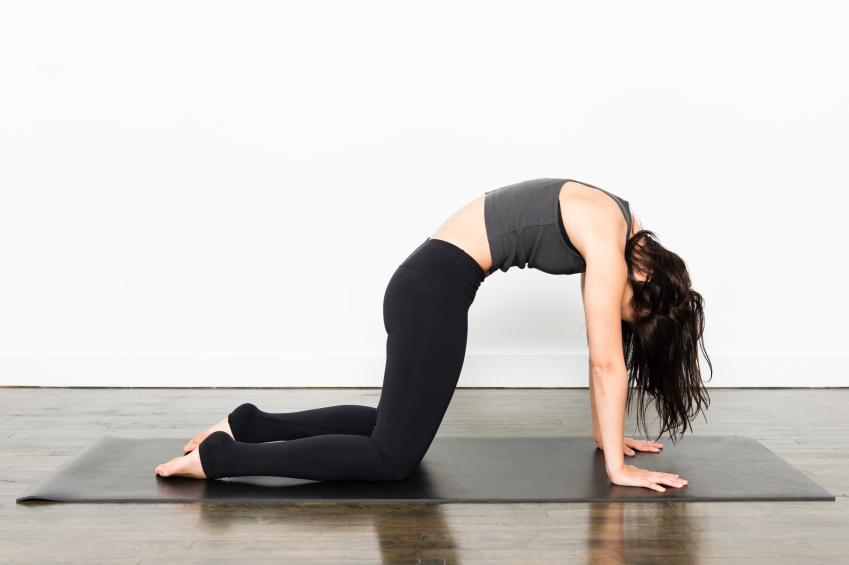
- Get on all fours with your hands under your shoulders, your knees under your hips.
- Arch your upper back and lower back like a cat does when it’s scared.
- Hold for 30 seconds – do 3 sets.
- If you have a disc problem, or it hurts to arch and flex your back, this exercise is not for you.
A: Child Pose: Second stretch for your low back erector spinae (low back muscles).
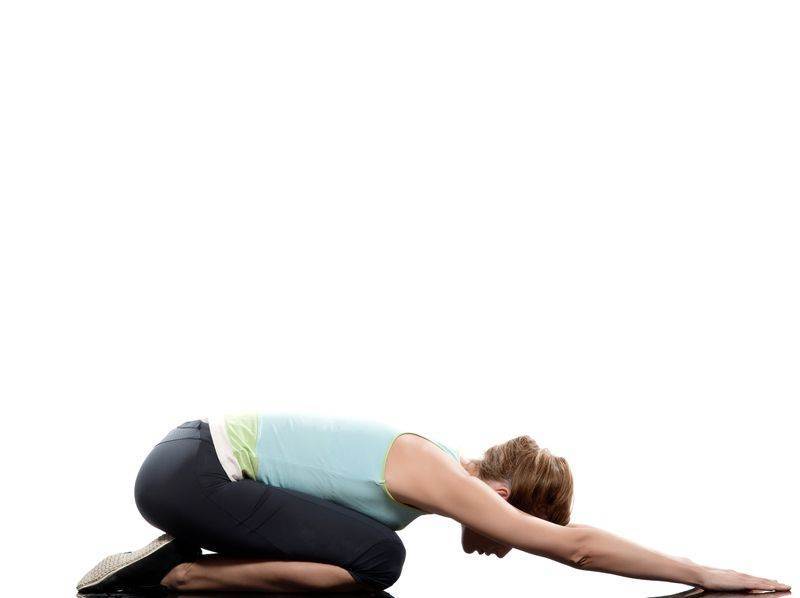
- Get on your hands and knees.
- Sit back onto your heels with your arms reaching out as far as they will go.
- Your head is looking down – neck down.
- Hold for 30 seconds – do 3 sets.
A: Lunge Pose: You need to stretch the hip flexor muscles (psoas muscles)
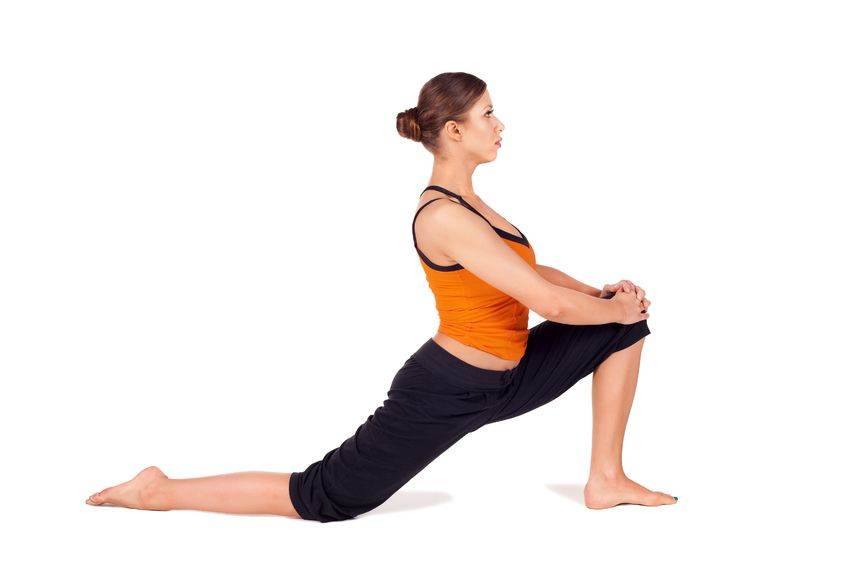
- Get down on your knees.
- Put one leg forward with the knee bent to 90 degrees.
- The other leg is back with the knee very slightly bent resting on the floor.
- You should feel the stretch in the front part of your hip.
- Hold for 30 seconds and do 3 sets.
Second, strengthen your gluteus maximus (your butt-shaping muscle) and abs (your rectus abdominis muscles or six-pack muscles)
I will give you two exercises to strengthen your gluteus maximus. The squat and the single-leg squat.
B: The Chair Squat To Strengthen Your Gluteus Maximus
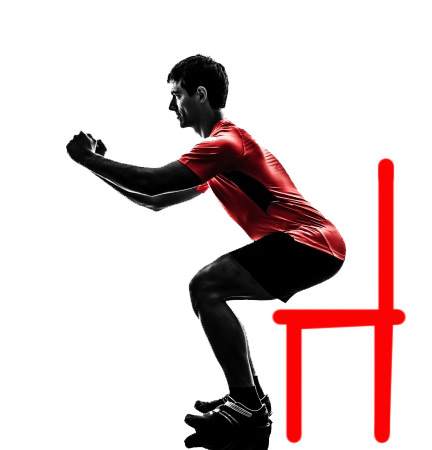
- Stand with your back to the chair.
- Your feet should be shoulder width apart with your feet turned out slightly
- Make sure to not arch your lower back when lowering yourself down to the chair.
- Touch the chair and come right back up 10 – do 3 sets.
B: Single Leg Squat To Improve Your Posture. When you can do three sets of chair squats easily, try single-leg squats.
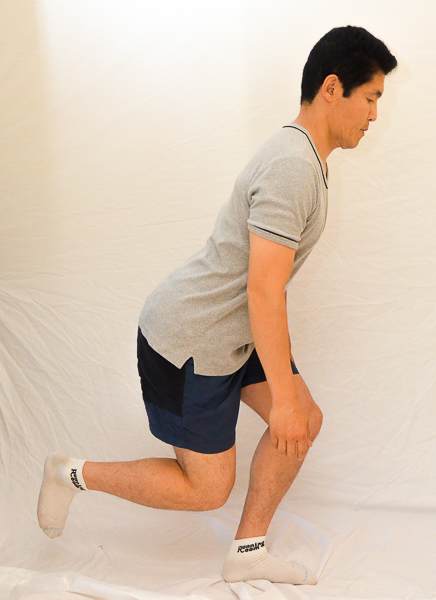
- Always stand near a wall so, you can support yourself if you lose your balance.
- Stand on one leg.
- Stick out your butt as much as you can while bringing your other leg back, dragging it on the floor to keep balance.
- Go as far as you can with the back leg.
- Don’t let your knee go forward past the big toe
- Do 3 sets of 10.
Strengthen Your Abs To Help Your Posture
B: Front Planks strengthen your abs without putting dangerous pressure on your discs like crunches and sit-ups do.
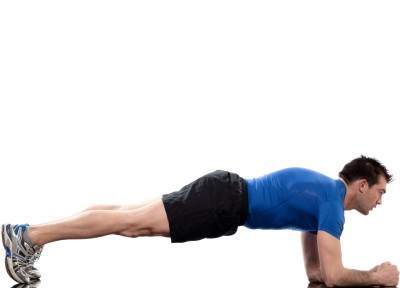
- Lie face down.
- Toes together and your arms shoulder width apart.
- Hold this position without raising your butt too high
- Your body should form a straight line. Look in the mirror.
- Hold for up to 1 minute at a time. – do the exercise 3 times.
B: Advanced Abs Strengthening To Help Your Posture

- Get a basketball or medicine ball.
- Get in the front plank position.
- Balance with your forearms on your medicine ball/basketball.
- Pull your arms in toward you while balancing on the ball.
Feel free to share your questions, thoughts and experiences in the comments below, and don’t forget to connect with us on Facebook for more updates and tips on improving your shoulder health. We’d love to hear your opinions on who you consider the best Toronto chiropractor.
Related Categories: Back Pain, Hip, Posture, Shoulder

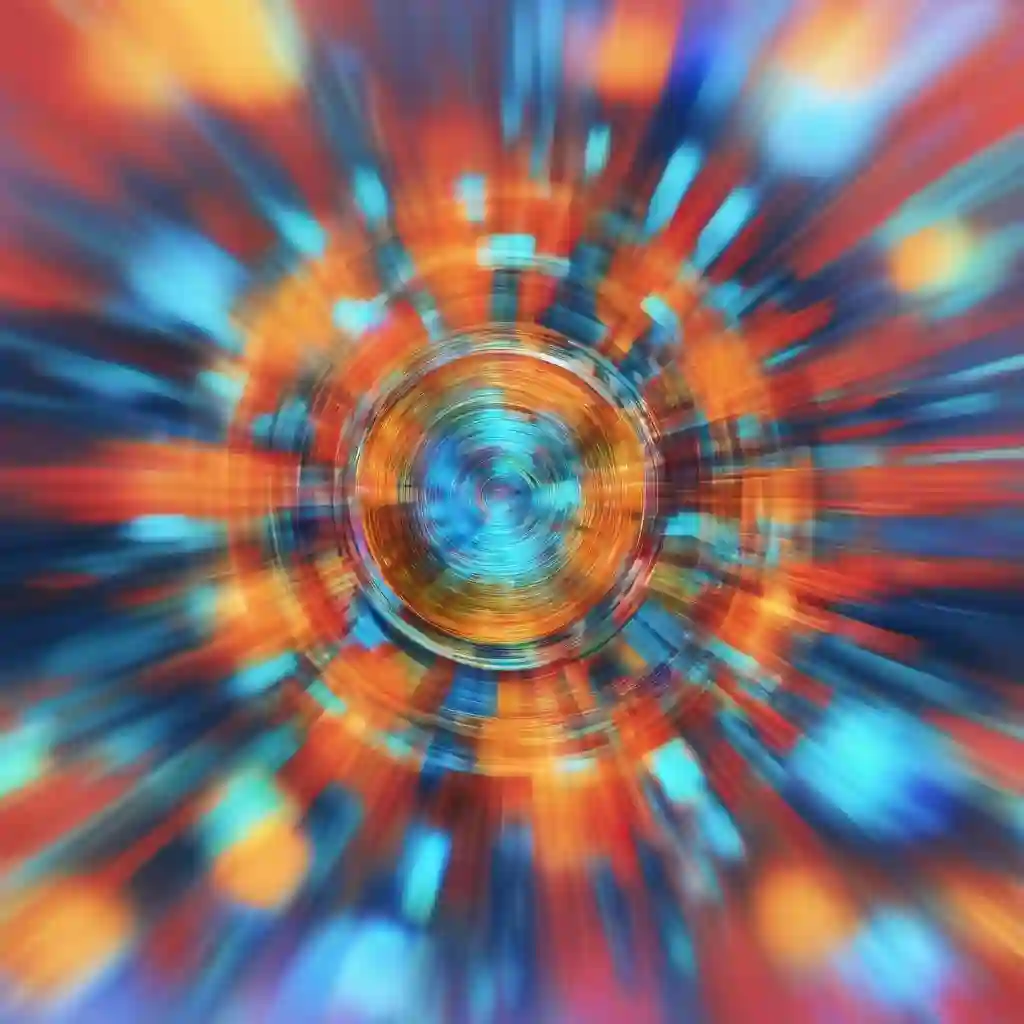
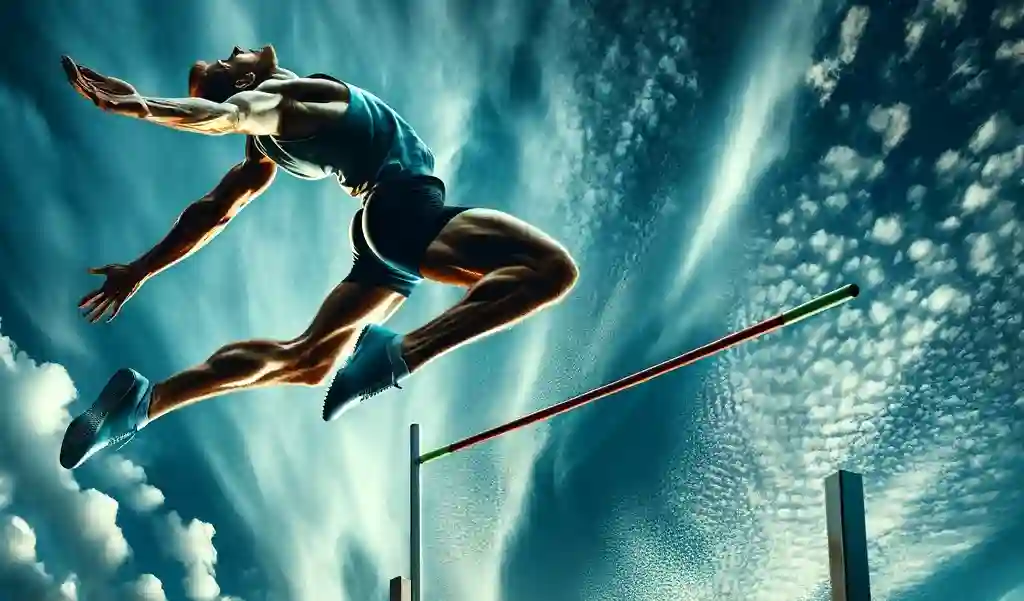
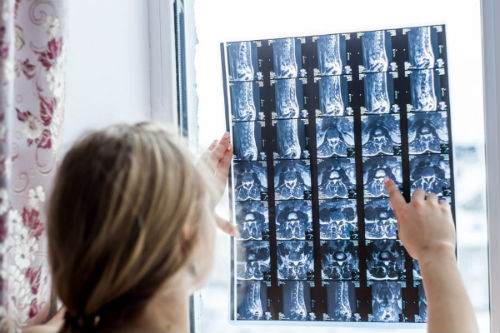
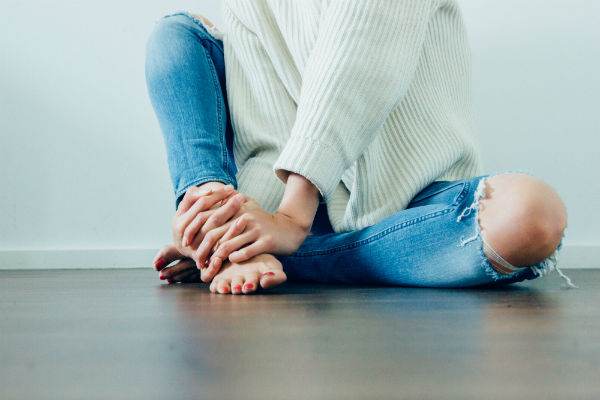
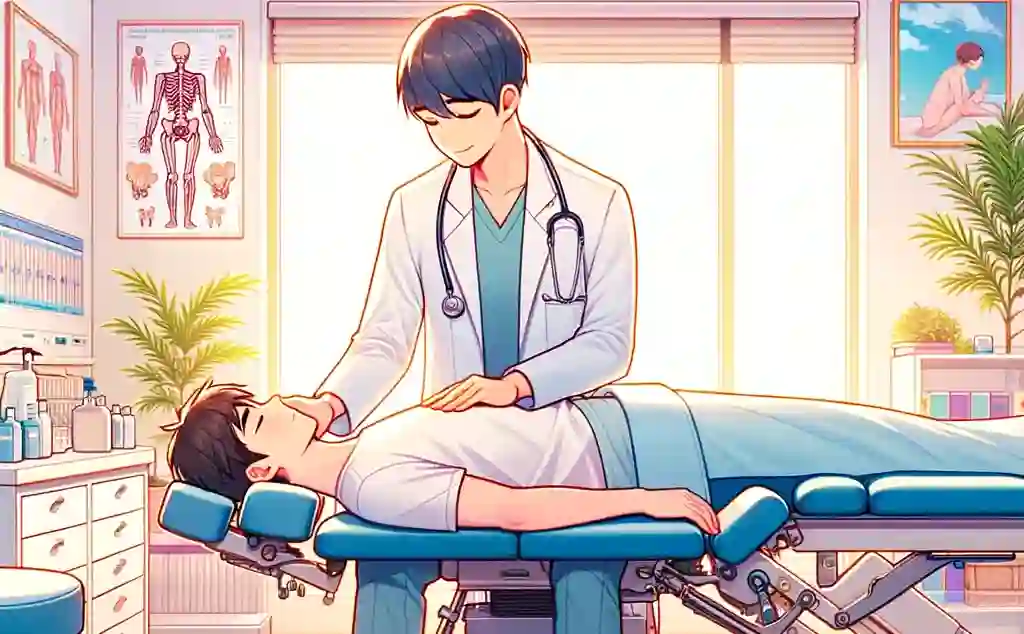
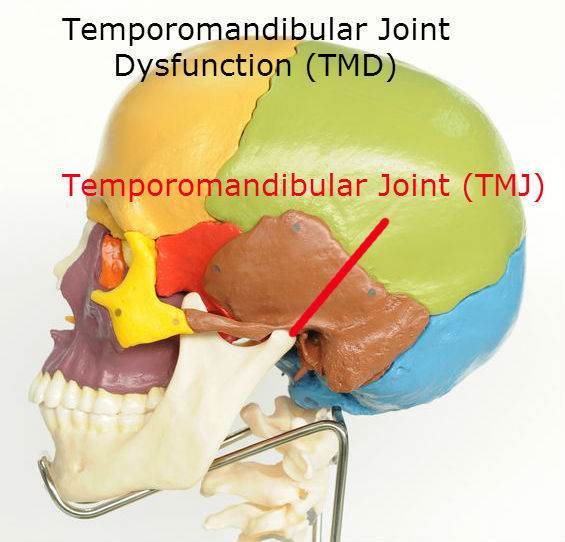

Good morning Dr.
I am 25 years old when I was 21 yr old I was selected in Indian defence but in medication checkup I found rejected due to lumber lordosys.
After that I have done x-rays and other Dr also say about lumber lordosys.Now I am feeling pain in my back
In xray we seems that spinal cord is going into stomach and femar is coming out side from back side of body.let’s understand by picture
!=
=!
!=
(
When its getting bent there its branches also disturbed.
Please suggest some mediation or exercises
Thank you.
Author
Thanks for your question Pankaj. I would simply try the exercises here every day for many months. Some people have to keep up the exercises indefinitely. That’s my opinion and not a recommendation.
Hope that helps your posture.
As per your explanation, I have hyperlordosis in my lumbar spine. I also have “straight neck.” I’m in a great deal of pain and have been for the past three months, though the pain onset was initially in my low back in September 2016. Almost all of your recommended stretches cause pain–existing at this point is painful. Any recommendations for someone like me? My physical therapist has me doing banded monster walks and clamshells but I don’t really see how they’re going to help. Do you think getting a sit-to-stand desk at work will help? Any recommendations for pain management?
Author
Thanks for your question Autumn. Your physiotherapist seems to think that you have something wrong with your hip or that you have weak glut medius or that they are “not active” Usually the cause is that there is a nerve impingement in the lower back but I cannot be sure without examining you.
You need to address the cause of the pain which likely isn’t just your posture.
Hope that helps your lower back pain.
Thank you for your insight. MRI results show that there is no nerve impingement which I found surprising since I’m in so much pain. At any rate, thanks for what you’re doing. I think its wonderful that you’re attempting to educate the masses.
Author
Thanks for your comment Autumn. Also, MRI’s are not reality. They don’t take MRI’s while you are sitting. When you sit with bad posture it is a fact that the pressure on the disc increases, while lying down the pressure on your disc decreases. This means they found no pressure on the disc as it wasn’t taken while you were in a non-painful position. MRI can be very misleading. You have to correlate them with the history and exam and not just take them at face value. You also have to take into account the effects of gravity while sitting and lying down.
Hope that helps clear up while you are having pain in your neck.
I am an 18 year old male. I suffer from lumbar lordosis. I get pain while standing or sitting for long. This pain occasionally goes down through my right hip to the right leg. Its more like a electric shock.
Any suggestions?
Author
Thanks for your question Rajiv. You should try these exercises in this article. If they start making you worse you should stop then do these https://www.bodiempowerment.com/herniated-disc-part-2-the-best-exercises-for-your-herniated-disc/
Since you don’t say too much about your symptoms I can only give you a couple of opinions.
Hope that helps your posture and your pain.
Hello Doctor,
I’ve noticed that I have a large “C” curve in my back.
It does not currently cause me any pain or discomfort. I think it may be because I have bad posture and spend most of my time sitting down. What would you recommend to improve my posture and straighten my back? I am currently 16 year old male.
– Anonymous
Author
Thanks for your question Anonymous. You can also do these exercises https://www.bodiempowerment.com/advanced-posture-exercises/
This is an opinion and not a recommendation.
Hope that helps your posture.
Hello, doctor. I’m 14 years old but all my life I’ve realised I had a huge arch in my back. My stomach and everything stays flat because I’m a competitive swimmer, which makes the arch in my back look even more dominant. If I stand against a wall, and press my back against it, I can actually fit both my hands with a tiny bit more room in my arch, that’s how bad it is. My shoulders also curl forward naturally (I’m not sure if it’s because I’m a swimmer because I’ve noticed most people on my team with it to, but unlike me they can straighten it out and I can’t) , which makes my posture even worse. I was wondering with doing these exercises daily, how long it might take for even the slightest change?
Author
Thanks for your question Haley. If you do the exercises correctly, and continuously you will likely have some results in a few months. It could be as little as a month but as you say your case is more extreme. This is an opinion and not a recommendation.
What does your medical doctor think?
Hope that helps your posture and your arch in your lower back.
I am a 17 year old currently playing for a high level basketball college, I also have hyper lordosis which causes pain sometimes. I have read through these exercises and been doing them for about a week. My question is that if the exercises cause pain is it correct to continue and on the diet part it says about no carbs however carbs is a big part of the diet plan given to me by our teams coach. Should I keep with this or change it?
Author
The exercises should not cause pain Cam. They can cause a stretch which some people interpret as pain but being an athlete I assume you have a high pain threshold. I would stop if the exercise that is giving you pain. I haven’t written about carbs. I will leave that to the nutritionists.
Hope that helps your posture and pain.
Hello,
I have always struggled with planks as I feel that my overly arched back makes it harder to hold the correct form and ends up hurting my lower back even more. Do you have any recommendations on how to achieve the correct plank position with hyperlordosis?
Thank you.
Author
Thanks for your question Taylor. You should stick your butt up high and proud. Like a mini triangle this will prevent you hurting yourself. This is an opinion and not a recommendation.
Hope that helps your planks and your posture.
I am 63 years old and until 18 months ago I never had a bit of back pain. Then, almost overnight and for no reason I started with low back pain every single day that has ranged between 3 and 8. Around this same time I noticed that – again for the first time in my life – my stomach seemed to get huge and protrude. AND then one day I happened to put my hand along my lower back and was astonished to feel a deep indentation around L5. My pain is mainly around my left SI joint and down the front of my left leg. Xray and MRI don’t show much – a little disc degeneration – so docs are not concerned. They say just go for PT. NOW I am beginning to think lordosis is involved. What is the relationship between lordosis and SI joint dysfunction? In other words, which path should I pursue And, is there any hope for me at my age?
Author
Thanks for your question Mary. In some cases an excessive lordosis can contribute to making the disc herniate at the front. Most times it won’t be detected by MRI as you take the MRI while lying down. Most people with this type of pain have pain if they stand still for too long or walk for longer periods of time, but are relieved by sitting for shorter period of time. Try 4 sets of 10 knee to chest exercises. If that helps than that is likely what is the problem with your lower back. This is an opinion and not a recommendation. Also note that you can get worse with any type of exercise.
Hope that helps your possible hyperlordosis.
sir,i hav read that excessive sitting and inactivity leads to hyperlordosis.and i hav been that way all my life,and now i hav severe lordosis.so if i were to hav an active life where i stand for every 1hour of sitting work,and hav physical activity for 30-45mins daily,will my lordosis correct itself ? and is lordosis and apt same ?
Author
Thanks for your question Gunner. You should do these exercises in the article and generally get fitter. This is an opinion and not a recommendation.
Hope that helps your posture.
How often a day/week do you do the exercises?
Author
You do the exercises everyday for several months.
hello dr, I can’t perform the cat pose exercise correctly. if u have any tips on how to do it/alternative exercises please help me.
Author
Thanks for your question. I would just leave it out, or do the best you can.
Hope that helps your posture.
Hi Doctor,
Great information,, Thanks
I have numbness in my heel and tingling sensation in my leg fingers and my MRI report reveals L5-S1 sciatica whereas recent x-rays reveals L5-S1 and also L4-L5.
Can you please suggest what exercise should I have to do? If you can share pictures/vedio clip for this exercise that should be great and much appreciated.
Thanks in advance
Author
Thanks for your question Ahmed. I can’t recommend anything to you. You have to give me a lot more detail of your symptoms. Concentrate on one thing. Do not talk about 3 different things in one sentence eg. finger, heel and leg. If you don’t give a lot of details I cannot help you. Try writing one paragraph for one problem.
Good luck with your posture and your various pains and tingling.
Thanks Doctor for replying.
Sorry for the confusion and Its not three different things but rather its only one thing that is due to disc bulge I’m having numbness in my heel with tingling sensation in my fingers.
MRI Report:
Partial disc desiccation at L5-S1 level.
Diffuse disc bulge with focal annular tear at L5-S1 level narrowing the spinal canal and causing mild compression on thecal sac.
Configuration of discs, thecal sac, filar roots, lateral recesses, neural foraminae, neural arches, facet joints and posterior elements are within normal limits.
T2 sagital screening of cervicodorsal spine reveals:
Osteophytes noted in C3 to C6 vertebral bodies.
Diffuse disc bulges noted in C3-C4 to C6-C7 narrowing the spinal cand causing mild compression anterior subarachnoid spaces.
Can you please advise the daily exercise should be done daily and it’ll be great if you can share pictures/vedios of exercise to reduce this disc bulge.
Thanks in advance.
Author
This is what you wrote: “I have numbness in my heel and tingling sensation in my leg fingers and my MRI report reveals L5-S1 sciatica whereas recent x-rays reveals L5-S1 and also L4-L5.”
I cannot help you as the diagnosis is not clear. I suspect that your diagnosis was made by MRI instead of the proper way which is by history and examination. How long did your doctor spend with you? How long was the exam?
I don’t have a clear diagnosis so I cannot help you.
Good luck with your possible disc herniation.
Hi Ken,
I’d really appreciate your advice. I have chronic lower back tightness which regularly wakes me at night. It is much tighter after I walk slow or stand still for long periods. Associated with this I have strained my calf muscles dozens of times in multiple places on both sides but my calves aren’t tight. I can strain them running fast or walking slow and it’s likely to occur after periods where my back is tight Just recently I strained my soleus after walking around a museum for an hour and then walking dow the stairs to get out. I was going fast or didn’t step awkward. I never have any hamstring or gluteal pain.
I have seen so many people over the years with no resolution.
What do you think the problem could be?
Author
Thanks for your question Pat. Sounds like your lower back possibly a disc with irritation of the nerve root which causes the muscle to get tight easily causing a strain. The solution is to fix the back and treat the muscles simultaneously.
You don’t need back pain in order to have this. For instance, many people with heel pain with no back pain are helped by treated their lower back. You might even develop heel pain later if it gets worse.
Hope that helps your calves and lower back tightness.
Hi Dr Ken. Recently discovered this article through my embarassment of my posture. I believe i have hyperlordosis as my butt sticks out when i stand up thus pushing my belly put further and my curbe is quite deep. My partner calls me Kim Kardashian.
I’ve just incorporated these exercises into my routine. I only go running for 4k and then work my core, no gym stuff.
My question is from doing your exercises, how likely is it and how long will it take to reduce my curve? I’m 26 and weight 12 stone.
I understand you only give recommendations but i’m very interested in your advice. Please help.
Author
Thanks for your question Stephen. If your curve not related to arthritis that you previously or currently have then it’s likely flexible enough to change with the exercises. While there are no guarantees most people improve. This is an opinion and not a recommendation.
Hope that helps your posture.
Hello Dr.
I am from South Africa, i have a problem with my back if i turn to the side you can clearly see that it looks like the “S” shape. i gym and try to improve on my back but i looks like nothing is happening. I use a roller for my back aswell. I want to post a photo so you can see my shape. Please help.
Author
Thanks for your question Ester. It is normal to have an “S” shape to the spine. I think you think it is too curved. The exercises can help to a certain degree but will not
“cure” you. Why don’t you give the exercises a try. This is an opinion and not a recommendation.
Hope that helps your posture.
Is it possible to correct a 60 degrees kyphotic curve, preferably to 45, without surgery?
Author
Thanks for your question Jim. I am afraid not. I don’t think it’s possible to go that far. You can always improve though. Good luck.
Hope that helps your posture.
Hi Dr Ken,
I am a 15yr old guy, I have a stress fracture in my back in the L5 vertibrai on both sides of the back. It was originally only fractured on one side but did not heal properly after 5 months and refractured it during the sport including the other side. The physio has told me I have an exaggerated back arch and tight hamstring muscles. I was wondering what exercises I can do, without damaging the healing process of my stress fracture. Thanks
Author
Thanks for your question Lachie. Technically I can only give an opinion and you should have parental approval. You should be doing stabilisation exercises which I am assuming that you are doing with the physio. Also, most people that get stress fractures at L5 usually have what is called spondylolysis which leads to spondylolisthesis. Spondylolysis is the fracture and spondylolisthesis is the movement of the vertebrae forward. Usually, the this caused by sports like American football tackles, gymnastics, dancing or playing cricket as a bowler. You could have also had a trauma or hard hit. Either way, this is the result. I don’t think that correcting your posture will be your cure, though. You can do the exercises but if you are trying to heal the fracture that is not the right route to go.
Surgery is the last option so you should try to heal your body first.
Hope that helps your spondylolysis.
Hope that helps your
Hi, doctor , Thankyou for this article , i’m 18 and male i have a curve on my back due to which my hips sticks out , and the curve is from birth i guess so i just want to ask you , will these exercises work for me ? Will my hips go back to normal position ? How much days or weeks i need to exercise ?
Hi doctor,
Im a 21 year old guy, i have a deep curve in my lower back from last year, due to which my hips become prominent, My glutes muscles are also big, i feel pain in my lower back when i walk too much, i m very depressed because of my posture, please suggest me some exercises and give me tips how can this curve be corrected. Thankyou!
Author
Thanks for your question Abdul. Just try the exercises here in this article. This is an opinion, not a recommendation.
Hope that helps your posture.
Hey doctor I have hyper lordosis and was wondering if I took all the steps above is it a most likely thing to fix my back. Most of the time I tweak my back I believe its because of my condition and so I was just wondering if this is fixable for everyone or just by being lucky. Also if I do end up fixing it will I add some length to my height?
Author
Thanks for your question Brett. I have seen numerous cases where it does cause pain but that is by no means that hyperlordosis is guaranteed to be the cause of your pain. Yes if you “fix” the problem you will be slightly taller. It is 1-2cm so most people will not notice but if it makes you feel better that is the main thing. You may fix the hyperlordosis, you may not. It depends on the curve, if you had Scheurmann’s disease, how old you are and how persistent, how well you do the exercises etc.
Hope that helps your posture.